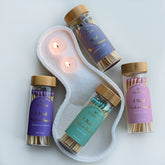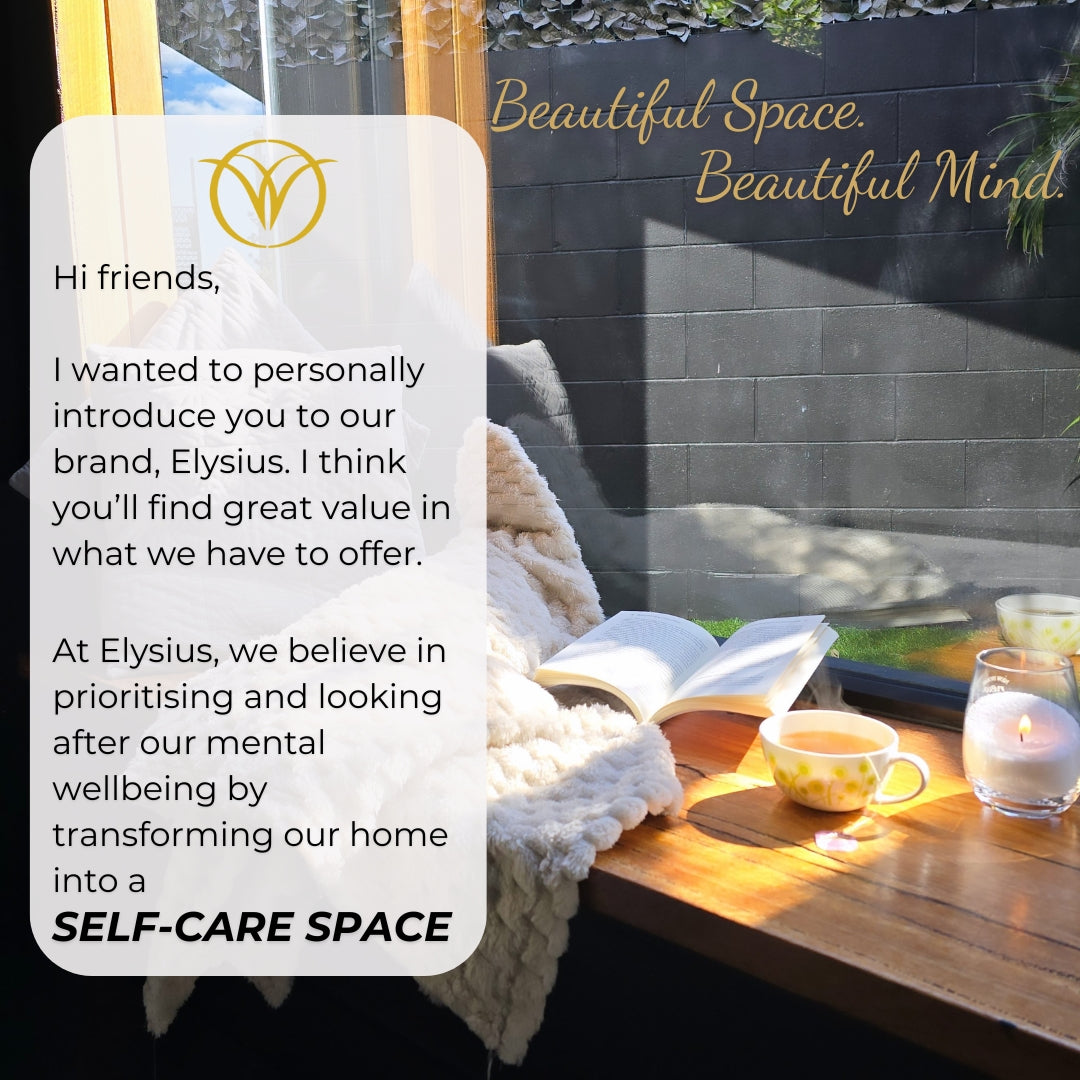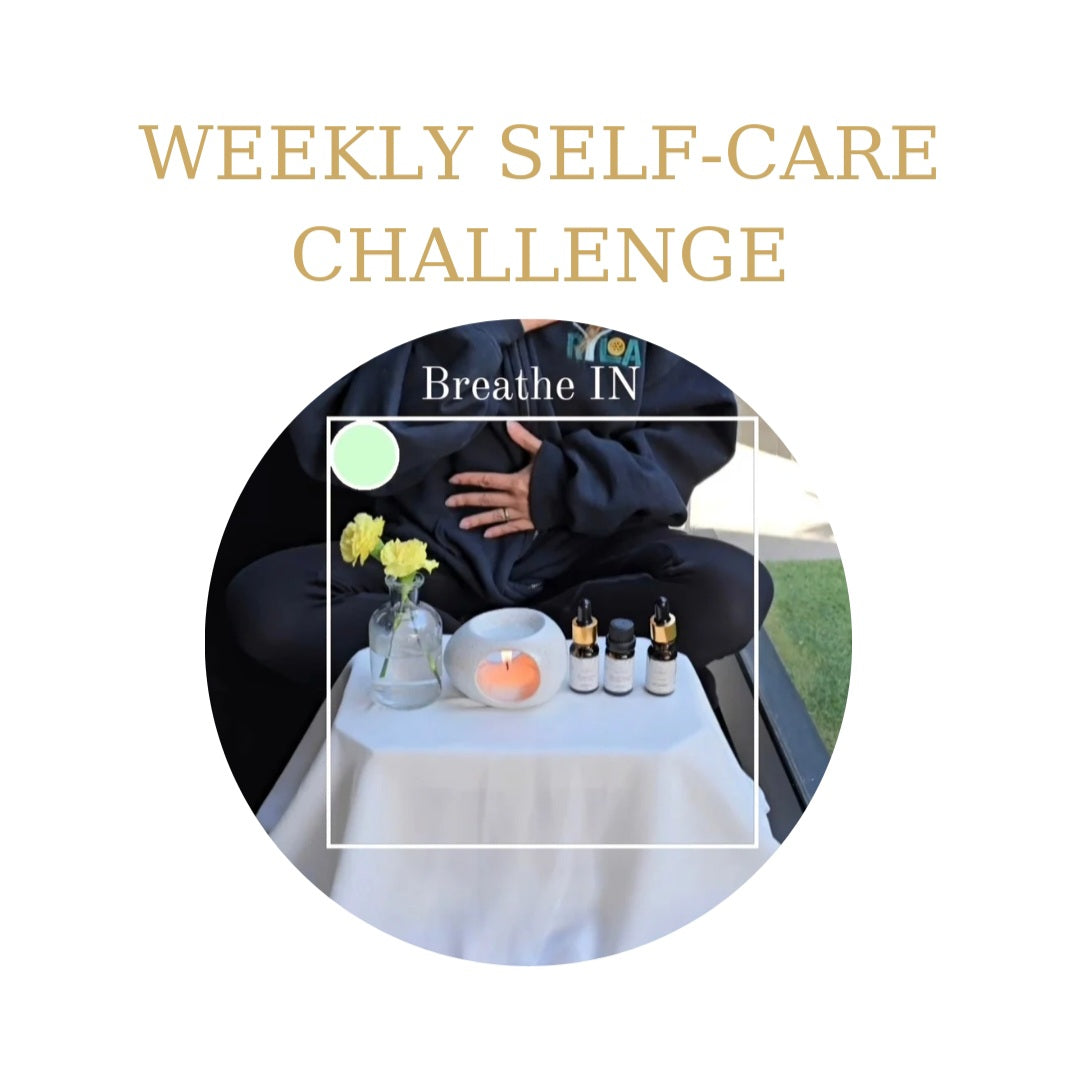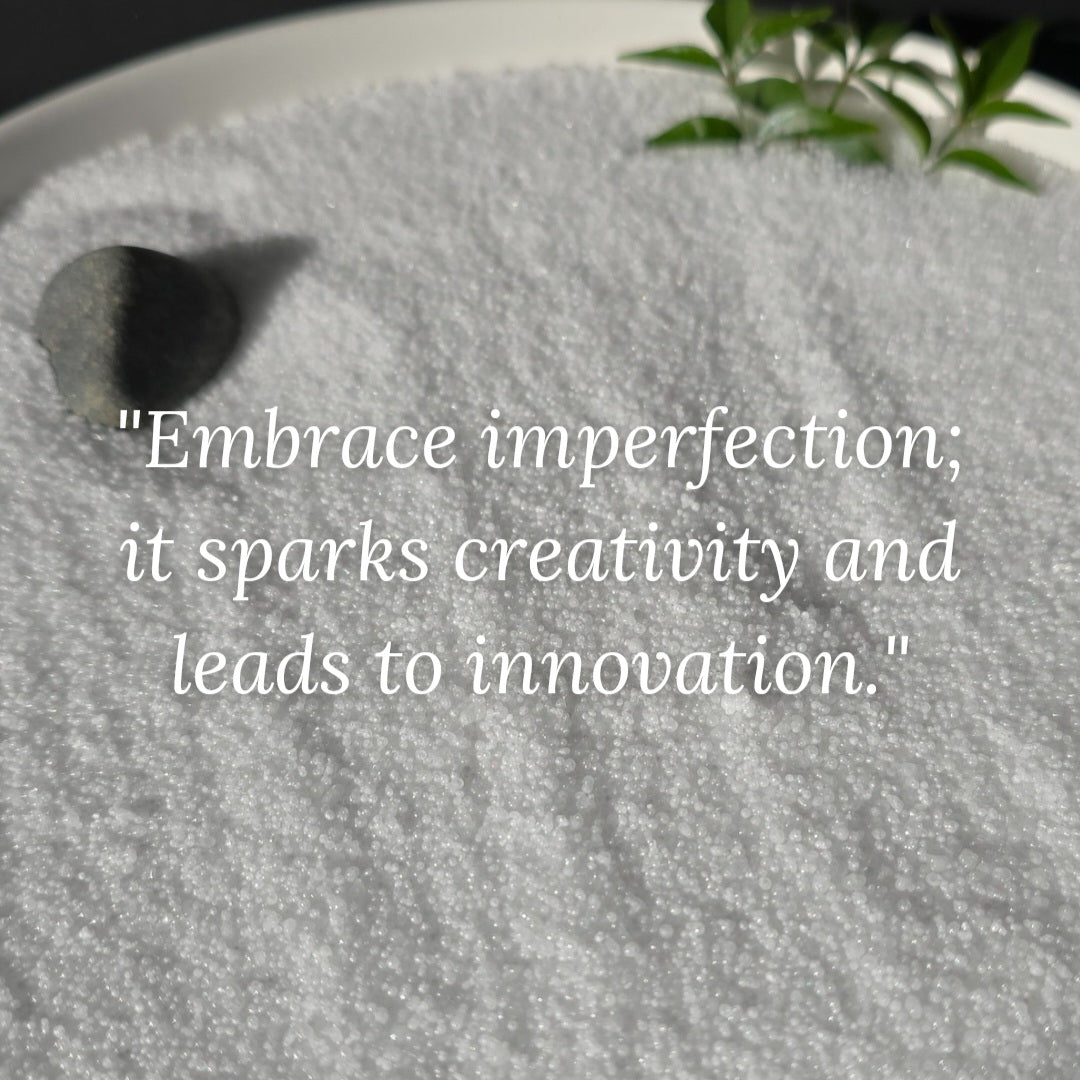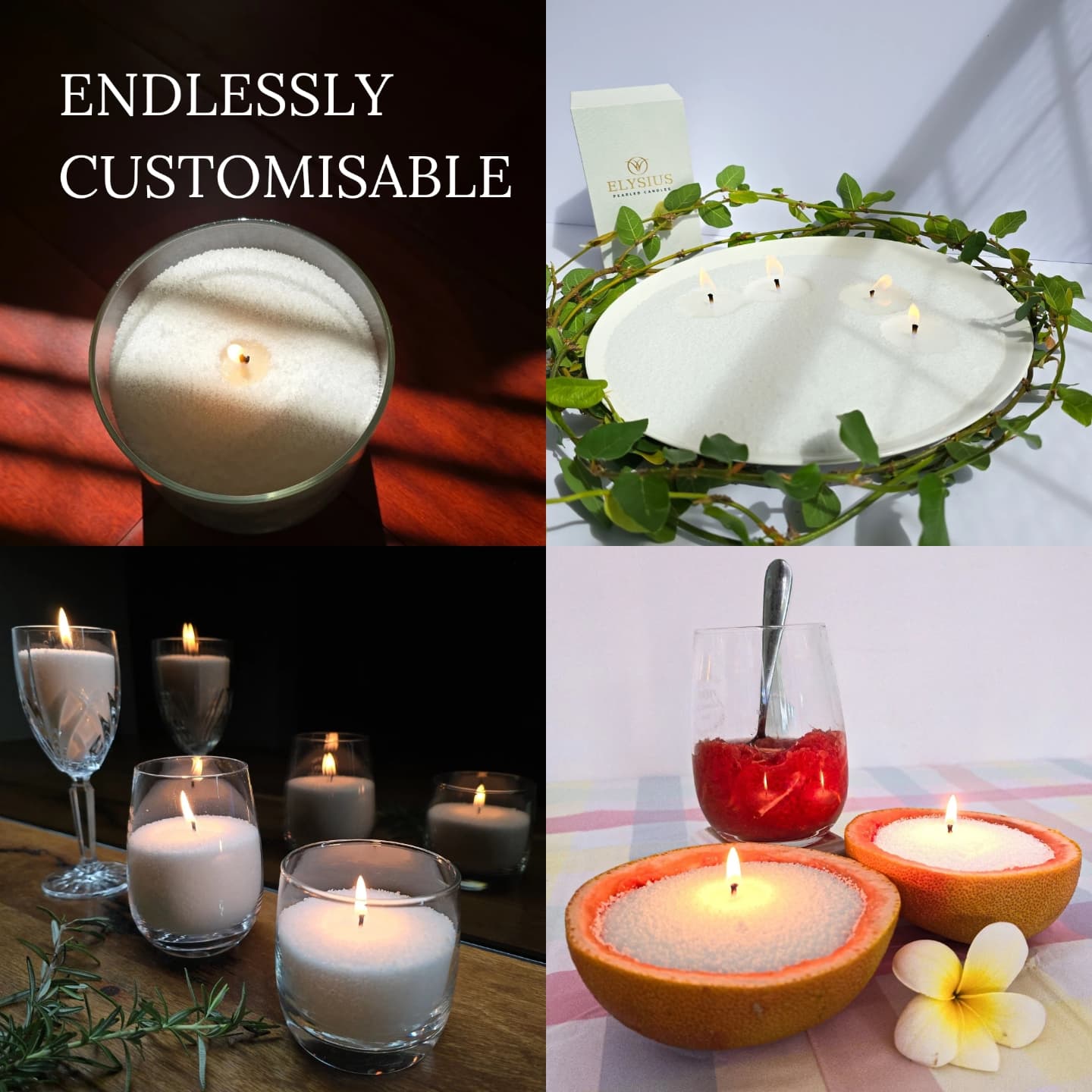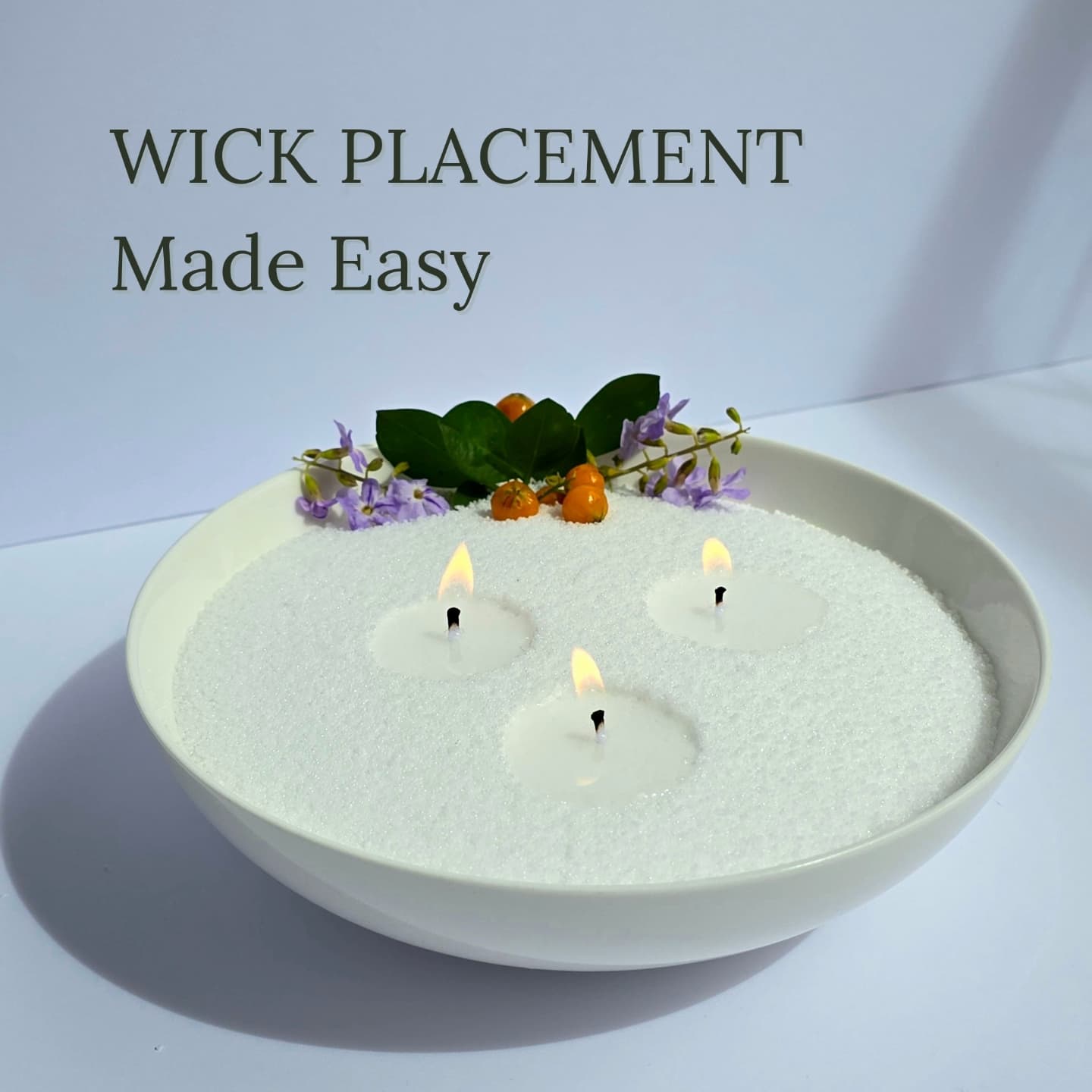How The Aesthetics Of Your Home Impacts On Your Mental Health And Wellbeing - An Introduction To Mindful Decoration
When it comes to our mental health, the importance of the spaces in our home cannot be underestimated. The aesthetics of our homes play a pivotal role in influencing our mood, stress levels, and overall sense of wellbeing. This article is an introduction into how mindful decoration and aesthetic choices in our living spaces can foster an atmosphere of tranquillity and positivity, offering practical steps to create a home that not only looks beautiful but also promotes mental wellbeing.
The Impact of Aesthetics on Mental Wellbeing
Research indicates that the physical characteristics of our environment, including light, color, and spatial arrangement, significantly affect our psychological health. Spaces that are cluttered, dimly lit, or aesthetically unpleasing can exacerbate feelings of anxiety and depression. Conversely, a well-curated, aesthetically pleasing space can uplift our spirits, reduce stress, and enhance our mental clarity and focus.
Principles of Curating a Wellbeing-Conducive Space
Light and Color
Natural light is a potent mood enhancer and regulator of circadian rhythms, which are crucial for mental health. Maximizing natural light through strategic window treatments and placement of mirrors can brighten your space and mood. Color psychology also plays a role in emotional and psychological responses. Opt for soothing shades like soft blues, greens, and warm earth tones to create a calming environment.
Clutter-Free Living
A cluttered space can reflect and exacerbate a cluttered mind. Adopting a minimalist approach by decluttering and organizing your home can significantly impact your mental wellbeing. This doesn't mean your space should be devoid of personality but rather curated with intention, keeping items that serve a purpose or bring joy.
Personal Touches
Incorporating personal touches such as family photos, artwork, or mementos can transform a house into a home, offering comfort and a sense of belonging. These elements should inspire positive feelings and memories, contributing to an overall sense of security and happiness.
Connection with Nature
Bringing elements of nature into your home can have a restorative effect on mental health. Indoor plants, natural materials like wood and stone, and even nature-inspired art can help reduce stress and improve mood. The concept of biophilic design, which emphasizes the human-nature connection, can be a guiding principle in selecting decor.
Multi-Sensory Experience
Engage all senses to create a fully immersive environment that nurtures wellbeing. This includes:
- Visual: Harmonious and pleasing aesthetics that visually stimulate and calm.
- Auditory: Incorporate elements that produce soothing sounds, such as water features or soft background music, to create an auditory backdrop that promotes calmness.
- Olfactory: Use aromatherapy and natural fragrances from essential oils or scented candles to enhance mood and cognitive function, tapping into the power of scent to evoke feelings of relaxation or invigoration.
- Tactile: Introduce a variety of textures through furnishings and decorations that invite touch, enhancing comfort and creating a more dynamic and engaging space.
- Gustatory: Create spaces that encourage the enjoyment of healthy, nourishing foods, such as a well-designed kitchen or dining area that inspires joy in cooking and eating.
Practical Tips for Implementing These Principles
- Evaluate Your Space: Start by assessing your current environment. Identify areas that feel cluttered, lack natural light, or don't bring you joy.
- Plan Your Changes: Make a plan that incorporates the principles mentioned above. Consider changes in layout, color schemes, and decluttering strategies.
- Small Changes, Big Impact: Even small adjustments, like rearranging furniture to improve flow, adding a few indoor plants, or swapping out harsh lighting for softer options, can make a significant difference.
- Incorporate Mindfulness: Be mindful of the items you choose to fill your space with. Each piece should serve a purpose, whether it's functional, brings beauty, or holds sentimental value.
Our homes are more than just physical spaces; they are the backdrop to our daily lives and have a profound impact on our mental wellbeing. By applying principles of mindful decoration and curating an aesthetic that reflects tranquility, joy, and comfort, we can create environments that not only look beautiful but also support our mental health. Remember, the goal is to create a space that offers a refuge that nurtures your wellbeing.
If you want to delve deeper and learn more about how we can further foster our mental wellbeing into a beautiful mind that is resilient, creative, positive and mindful through the curation of selfcare spaces using certain principles, as well as transformational selfcare activities that perfectly utilizes our selfcare spaces, click here to receive your FREE Elysius Guides.
